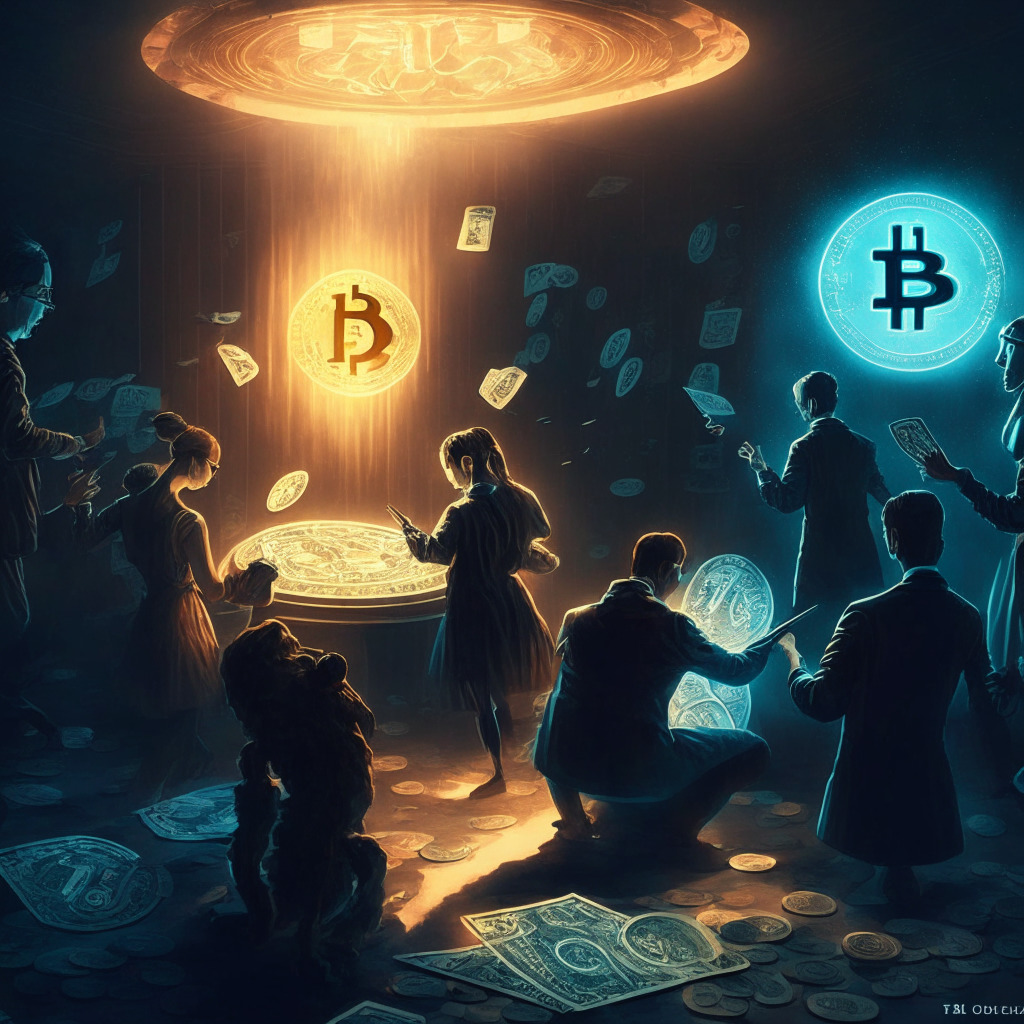In recent years, we’ve seen a swelling tide of interest in non-fungible tokens (NFTs), particularly as they fortified connections between various spheres including artists, collectors, and charitable organizations. One project that captured attention was Orica, an NFT marketplace aiming to merge these domains in an ethical way. However, as the past reveals, this story does not follow the predictable path of success.
Launched in November 2021, Orica promised transformative initiatives such as building a school in Uganda and aiding human trafficking victims. Fast forward, and the project’s founders seem to have vanished, the marketplace’s interface offline, and numerous investors are left in the cold.
Despite these unfortunate events, hope isn’t entirely lost. In the midst of allegations leveled against Orica’s developers, the project’s charitable efforts manifested results, confirming their genuineness. Furthermore, Danial Zey, the co-founder, ending a long period of silence, vehemently denied the accusations and insists the project was hacked and continues to run.
The journey of Orica reveals an intricate tapestry of success and failure. On one hand, it initiated projects that positively transformed communities and offered a platform for artists to monetize their craft, simultaneously aiding philanthropic endeavors. Several of these projects even exceeded their anticipated goals.
However, this tale isn’t entirely painted in bright hues. Countless token holders experienced growing quagmires as the marketplace dried out and digital communication mediums went silent. After a significant drop in token value and the dissipation of communication channels, disgruntled users pointed fingers at the possibility of a rug-pull, alleging developers of orchestrating the downfall.
Zey approaches these allegations from a different angle, firmly upholding that Orica, despite being a charity project, fell victim to a hacking incident. He insists on the continued activity behind the curtains, pledging a robust comeback.
Despite Zey’s reassurances, several inconsistencies and delays in reporting suspicious activities resulted in a loss of trust. This debacle serves as yet another lesson that, within the fascinating world of cryptocurrency and blockchain technology, there is always an undercurrent of volatility and unpredictability. Projects teeming with promise can quickly become littered with disappointment due to perceived deception and lack of transparency.
Orica encapsulates a tale of victory and defeat, trust and disillusionment, promise and despair. A project which held great potential to draw lines connecting art, charity, and blockchain, sadly ended with numerous disillusioned investors. This inadvertently stresses the need for increased vigilance, due diligence, and transparency in the crypto realm, keeping in mind the lightning-fast transformations and predicaments the sector is often susceptible to.
Source: Cointelegraph



